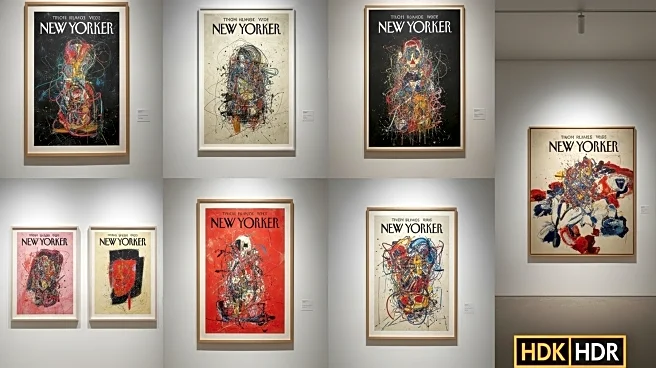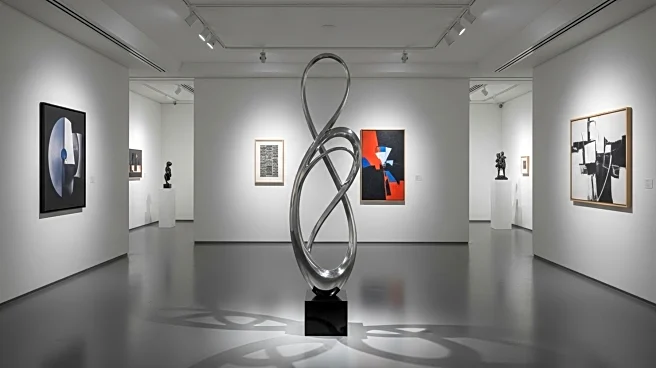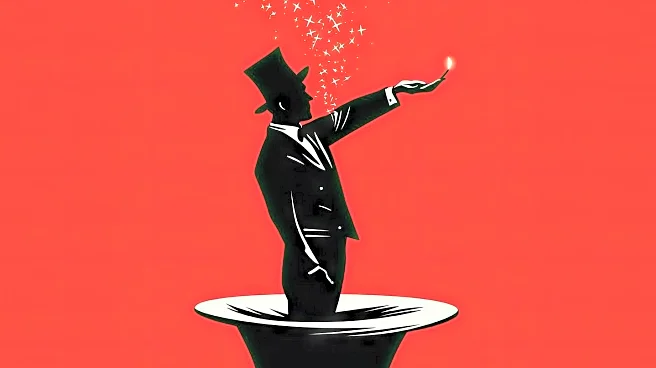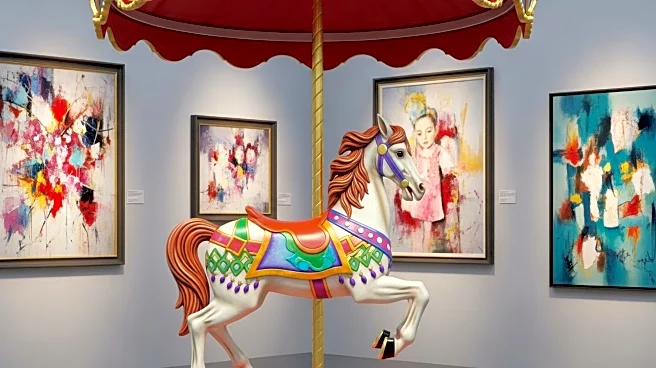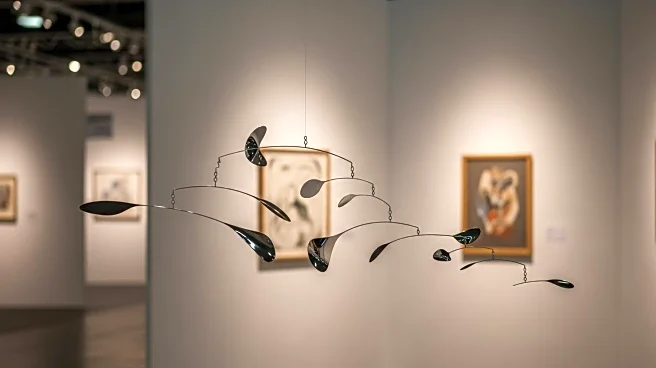What's Happening?
The New Yorker magazine has invited six contemporary photographers to reinterpret its classic covers as part of its centennial celebration. This initiative marks only the third time in the magazine's history that photography has been used for its covers. The project features renowned artists such as Spike Lee, who is photographed by Awol Erizku, and Marilyn Minter, who reimagines Barbara Shermund's 1925 cover. Each artist brings a unique perspective, blending historical elements with modern interpretations. The covers explore themes ranging from American political culture to gender conformity, showcasing the magazine's legacy and its impact on art and culture.
Why It's Important?
This artistic endeavor highlights the New Yorker's influence on American culture and its ability to adapt and remain relevant over a century. By engaging contemporary artists, the magazine bridges past and present, offering fresh perspectives on historical themes. This project not only celebrates the magazine's rich history but also underscores the evolving nature of art and its role in reflecting societal changes. The reinterpretation of iconic covers by modern artists may inspire new discussions on cultural identity and artistic expression, impacting both the art world and broader cultural narratives.
What's Next?
The New Yorker may continue to explore innovative collaborations with artists, potentially expanding its reach and influence in the art community. This centennial project could lead to further initiatives that blend historical and contemporary art, fostering dialogue between different generations of artists and audiences. As the magazine celebrates its legacy, it may also seek to redefine its role in contemporary culture, possibly influencing future editorial and artistic directions.
Beyond the Headlines
The reinterpretation of classic covers by contemporary artists raises questions about the role of art in cultural preservation and innovation. It challenges traditional notions of artistic representation, encouraging viewers to reconsider the boundaries between historical accuracy and creative expression. This project may also prompt discussions on the ethical implications of reimagining cultural icons, exploring how art can both honor and transform historical narratives.

